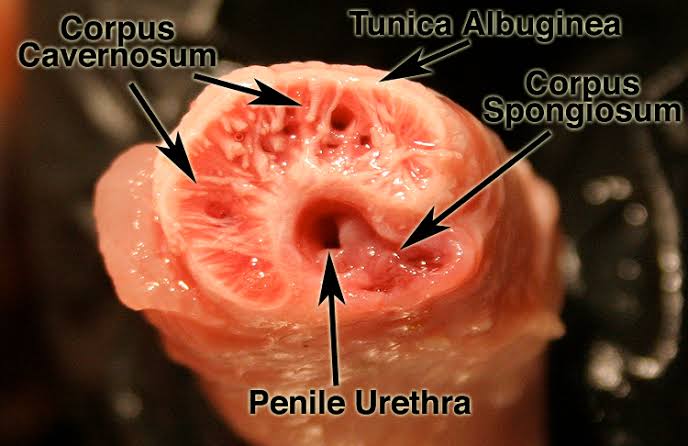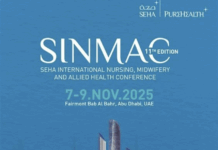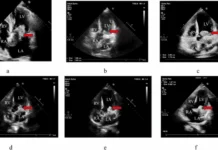Penile fracture after a rugged sexual episode is not uncommon (especially in the elderly) but having your penis split into two that too from top to bottom, definitely is.
A 40 year old man showed up in the emergency department in UK with a complaint of penile trauma. According to him, his penis had bent against his partner’s perineum (the area between two legs) just when they were having an intense sexual episode. The doctors suspected a tear in the tunica albuginea of penis. Tunica albuginea is a mass of erectile tissue inside the penis and it is this layer that is most commonly involved in penile fractures. As is quite evident from its function, a tear in this layer of the penis causes failure of erection and penile flaccidity.
People who usually come up with such a complaint have a red and swollen penis. They also give an account of a cracking sound at the time of injury. However, this man did not report hearing any popping sound nor did the doctors notice any discoloration and swelling in the penis.
A Rare MRI Scan.
The uniqueness in the case demanded a detailed MRI of the area and as one would expect, the finding was something never seen before. Instead of splitting horizontally (which is the usual course), the tunica albuginea had split vertically into two. This was the first case of its kind in the history of penile traumas.

Did The Man Lose His Erection Permanently?
If a typical penile fracture is not surgically repaired within the first twenty four hours, the patients are at risk of a permanent erectile dysfunction and an exaggerated penile curvature that makes it difficult to urinate. Fortunately for this patient, the doctors were quick to operate and a swift recovery was achieved despite a serious damage.
Back to The Usual Grind.
The patient was able to have sex again just after six months of recovery. His quality of erection was pretty much the same as was in the days before this unfortunate occurrence. One thing that did change however was his understanding of the expression “slow and steady wins the race”.
References
1- Iflscience.com/health and medicine.




